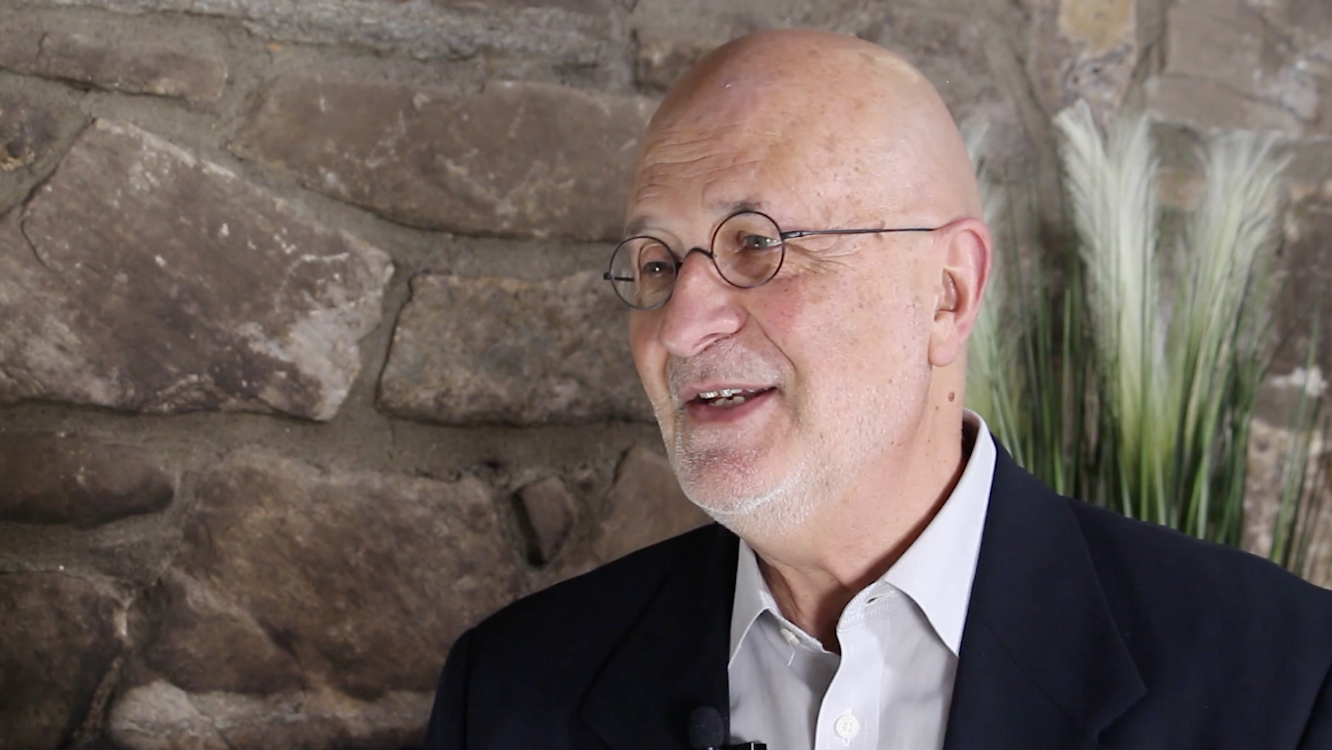People don’t talk enough about what an acceptable ROI is for a major gifts program. Often, leaders don’t know what is reasonable to expect or how to measure an accurate ROI for their fundraising programs.
For major gifts, the ROI is largely impacted by three factors:
- Maturity of your program
- Tenure of your MGO(s)
- Proper management
The reality is that it takes time for a major gifts program to reach a mature ROI. Most new or rebuilt major gift fundraising programs take a good 18 months to become fully functioning. Before that time, you are doing well to break even. But it’s worth the wait!
In this Question of the Month video, Richard and Jeff share more about what ROI you can expect from your program.
Read the Full Transcript below:
Jeff Schreifels
Welcome to the Question of the Month. Okay, Richard, I have a question for you. What’s an acceptable return on investment for a major gift portfolio?
Richard Perry
Well, you know, a lot of people don’t talk about this very much, you know, and we’ve studied it for years and years and years. And an acceptable ROI depends on what lifecycle or what season the major gift program is in. For instance, you would start a new program, and you know, it’s really been interesting, like when people are starting a program, we need a ton of money, right?
Jeff Schreifels
Yeah, I know.
Richard Perry
They want to have it like, in what.
Jeff Schreifels
15 to one ROI!
Richard Perry
Yeah, right now. Right? Or we’ve got to cover the MGO’s salary. Well, maybe that’s possible. But like, if it’s a new program, we basically say, and a new program basically takes, what, 18 months to kind of get up and running?
Jeff Schreifels
At least, at least.
Richard Perry
Yeah, it doesn’t happen quickly. So a new program might be a ratio of 1:2, an ROI of one to two.
Jeff Schreifels
Okay.
Richard Perry
One to three.
Jeff Schreifels
Yeah.
Richard Perry
A mid-range program, that’s that sort of moving towards maturity, might be one to four, one to five, one to six, somewhere in there. So you spend $1, get $5 back, $6. A mature program would be like one to 10.
Jeff Schreifels
Yes.
Richard Perry
And that might not happen for five years.
Jeff Schreifels
Yeah.
Richard Perry
Now we’ve seen it happen a lot quicker than that. But I think the biggest misconception is on the new program, is because people actually think that, in fact, I remember one time we had somebody say to us, “Our direct mail is really not working that well, we really need to get some money in the door. So we’re starting a major gift program.”
Jeff Schreifels
Yeah, like it’s gonna happen overnight.
Richard Perry
Or it’s gonna happen “this fiscal year.” It rarely happens this fiscal year, because you’ve got to actually qualify donors. You’ve got to spend time building relationships, and major donors is a long game. I mean, it’s not like direct mail where you send something out, and you get the money, like, you know, next week.
Jeff Schreifels
Alright, so for a new portfolio, 1:1, 1:3, kind of growing, one to four, one to six, and then a mature, 10 and above.
Richard Perry
Yeah. And we’ve seen it go as high as you know, 23, 35, right, really substantial returns in a mature program, but that’s going to take some time to develop.
Jeff Schreifels
Alright, thank you. And thank you for joining us on the Question of the Month.







0 Comments